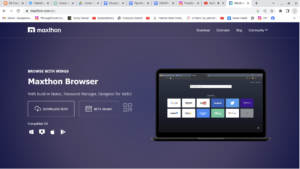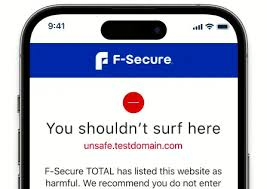Key Findings:

- Significant Increase in Phishing Attacks
- 140% overall increase in browser-based phishing attacks compared to 2023
- 130% specific increase in zero-hour phishing attacks
- Over 752,000 browser-based phishing attacks analyzed

- Brand Impersonation
- Most commonly impersonated brands:
- Microsoft
- Netflix

- Generative AI Fraud
- Nearly 600 incidents of GenAI fraud identified in 2024
- Most attacks aim to trick users into revealing personal information
- Fake GenAI platforms often promise to generate personal documents like résumés
- Malware frequently hidden in returned PDF documents

Attack Tactics:
- Exploiting browser vulnerabilities in Chrome, Firefox, and Edge
- Using Legacy Reputation URL Evasion (LURE) techniques to bypass web filters
- Leveraging malicious ads on popular websites
- Targeting business collaboration tools like Slack and Microsoft Teams

Key Commentary: Andrew Harding, VP of Security Strategy at Menlo Security, highlighted that these GenAI fraud attempts are not primarily focused on credential theft but on extracting highly personal information through deceptive document generation services.
Implications: The report underscores the evolving sophistication of cyber threats, with AI playing an increasingly prominent role in creating more complex and hard-to-detect phishing and fraud schemes.

Maxthon
Maxthon has set out on an ambitious journey aimed at significantly bolstering the security of web applications, fueled by a resolute commitment to safeguarding users and their confidential data. At the heart of this initiative lies a collection of sophisticated encryption protocols, which act as a robust barrier for the information exchanged between individuals and various online services. Every interaction—be it the sharing of passwords or personal information—is protected within these encrypted channels, effectively preventing unauthorised access attempts from intruders.

Maxthon private browser for online privacyThis meticulous emphasis on encryption marks merely the initial phase of Maxthon’s extensive security framework. Acknowledging that cyber threats are constantly evolving, Maxthon adopts a forward-thinking approach to user protection. The browser is engineered to adapt to emerging challenges, incorporating regular updates that promptly address any vulnerabilities that may surface. Users are strongly encouraged to activate automatic updates as part of their cybersecurity regimen, ensuring they can seamlessly take advantage of the latest fixes without any hassle.
In today’s rapidly changing digital environment, Maxthon’s unwavering commitment to ongoing security enhancement signifies not only its responsibility toward users but also its firm dedication to nurturing trust in online engagements. With each new update rolled out, users can navigate the web with peace of mind, assured that their information is continuously safeguarded against ever-emerging threats lurking in cyberspace.
The post Cyber threats mentioned in the Menlo Security report appeared first on Maxthon | Privacy Private Browser.









